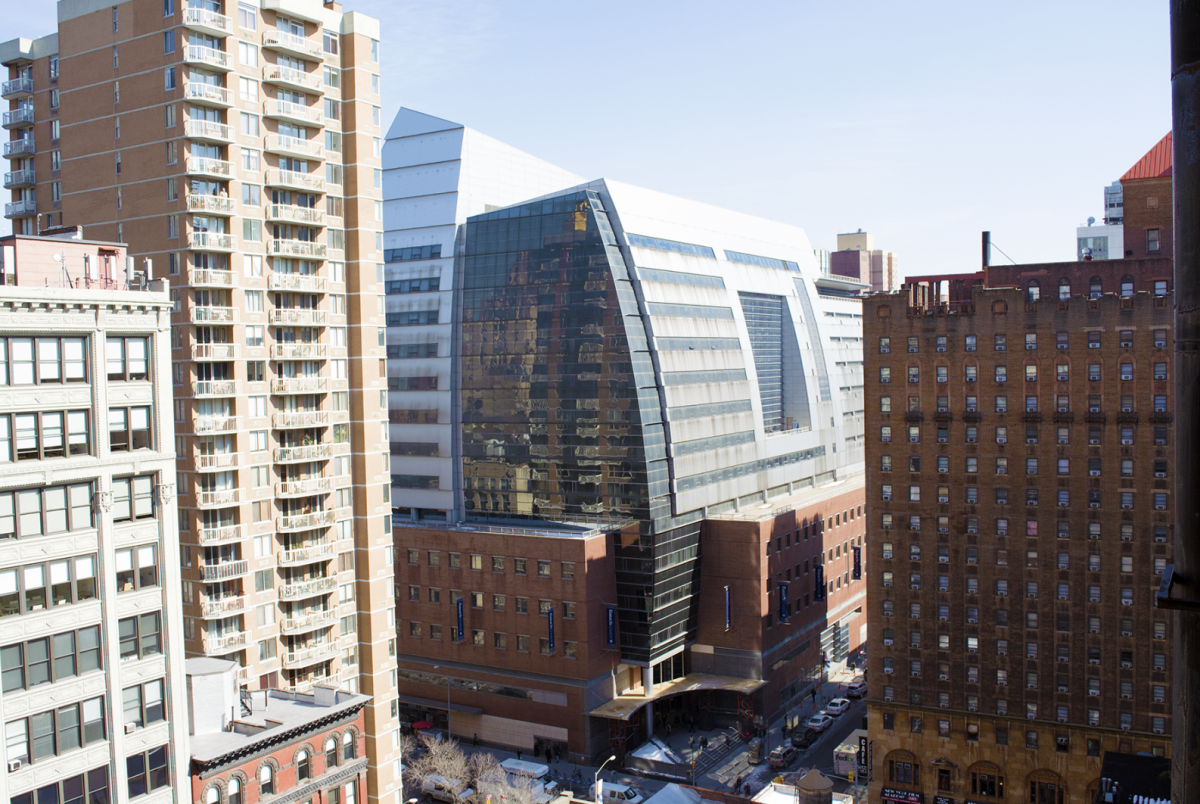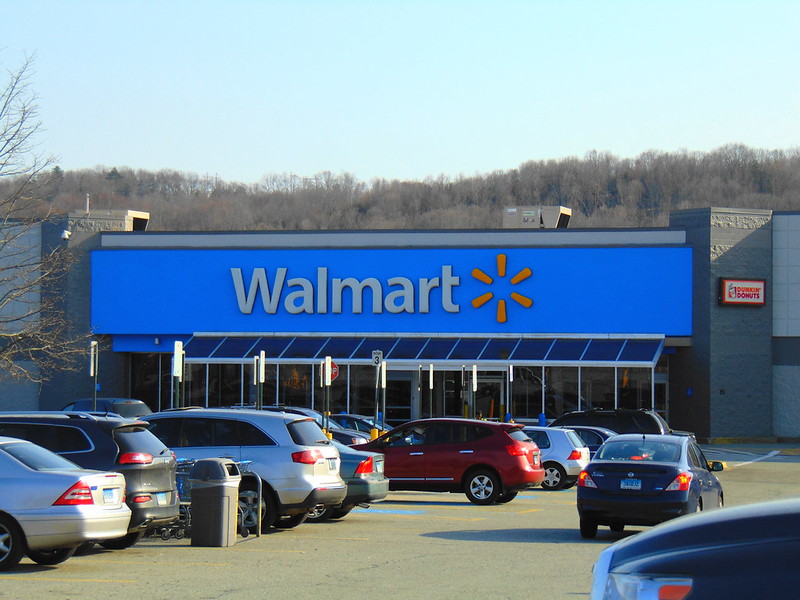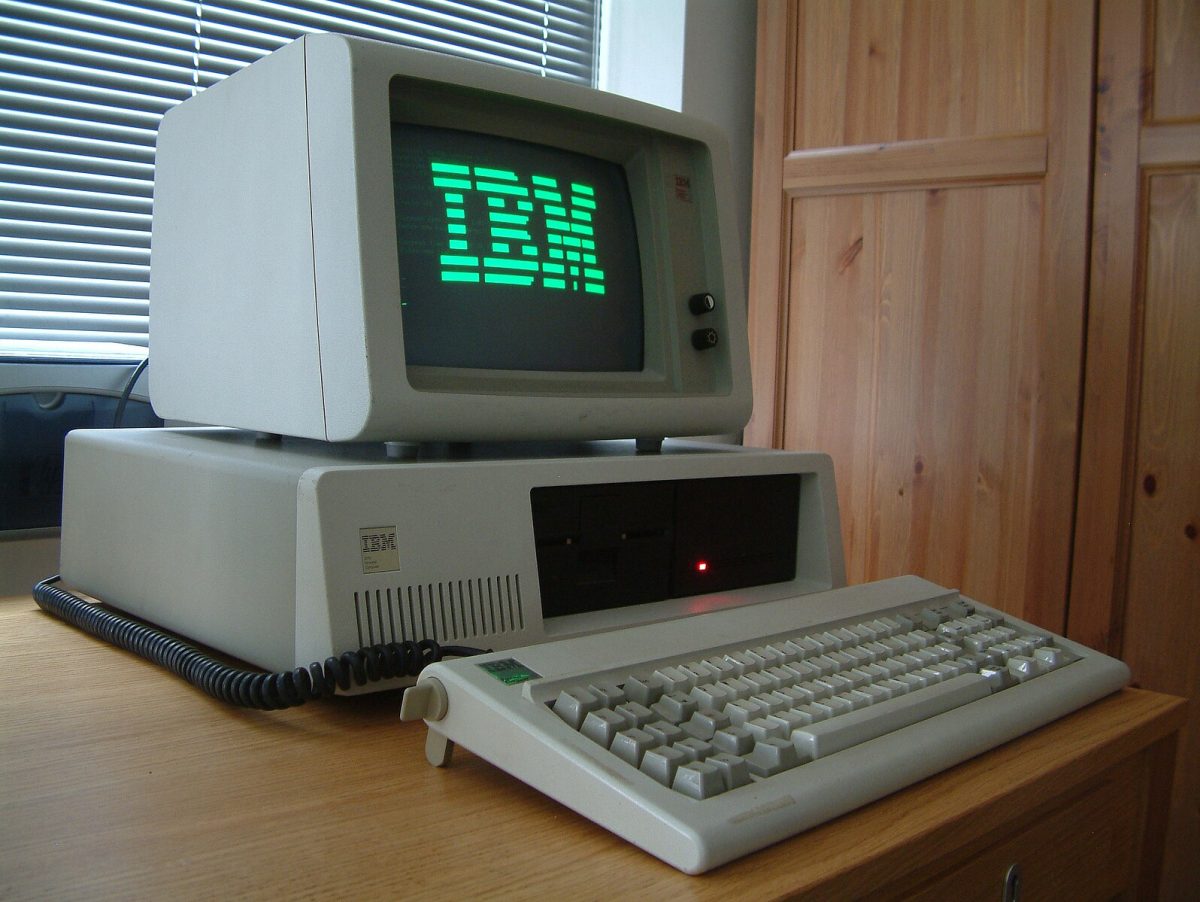The ride-sharing and restaurant delivery company Uber is launching its grocery delivery service in New York City, according to The New York Post.
Uber started its grocery delivery service in Miami, Dallas, and other cities in Latin America and Canada. For its New York City debut, Uber teamed up with chains like “Gristedes, Westside Market, and D’Agostino’s, as well as smaller shops like Sullivan Street Bakery and Dickson’s Farmstand Meats in Chelsea,” The New York Post reported.
The delivery service is available through both Uber’s main app and its UberEats app, and orders are fulfilled by shoppers with Cornershop, the delivery startup Uber acquired last October. To start, Uber will make the grocery delivery service available to residents in parts of Manhattan and will expand the service citywide by the end of the year.
The company has more than 50 supermarkets and specialty stores signed up on its platform and is working to sign up more and expand its coverage area, according to an Uber spokesperson Harry Hartfield.
Uber is branching out to the grocery delivery business to capture its growing market. The coronavirus pandemic has benefited the grocery delivery industry, as its services became extremely popular. Once a luxury, grocery delivery service has become an essential service during the pandemic.
In August, Grocery delivery and pickup sales in the U.S. reached $5.7 billion which is “five times larger than one year ago when it totaled just $1.2 billion,” according to research by Brick Meets Click. There has been a much larger base of customers and more committed customers who are ordering groceries more frequently than a year ago through such grocery delivery services, as per the same research.
Though this surge can be attributed to the pandemic, a large base of committed customers shows signs that the online grocery delivery business is substantial and can be expected to strengthen.
Uber’s expansion of its grocery delivery service is also necessary as the company fights to generate profit from its core ride-hailing service. The company’s revenue from ride-hailing service declined 67% from a year ago, according to its second-quarter earnings report that was published in August. The company’s total revenue declined 29% from a year ago.
Meanwhile, Uber reported that its restaurant delivery revenue increased 103% from a year ago. An increase in revenue from its restaurant delivery service has inspired Uber to expand its latest type of delivery service, grocery delivery service.
Uber’s entry to this growing market makes it more competitive where we have Silicon Valley venture capital-backed company Instacart and giants like Amazon Fresh and Walmart Grocery already in the game.
There are also other mid-tier players like Shipt, which is owned by Target, and Peapod thriving in the grocery delivery business.
In a city like New York City, there are even more players like FreshDirect and Max Delivery. Uber’s huge consumer base and easy integration with its preexisting services provide an upper hand over small and mid-tier players and posits its grocery delivery service directly in competition with big players like Instacart and Amazon Fresh.
Uber plans to rapidly expand grocery delivery across the country and allow retailers to tap into its base of more than 40 million users, according to Uber’s head of grocery, Raj Beri. “What we’re seeing is a huge appetite from our consumer base that wants to participate, for the first time in a lot of cases, in online grocery delivery,” he said to Grocery Dive.







